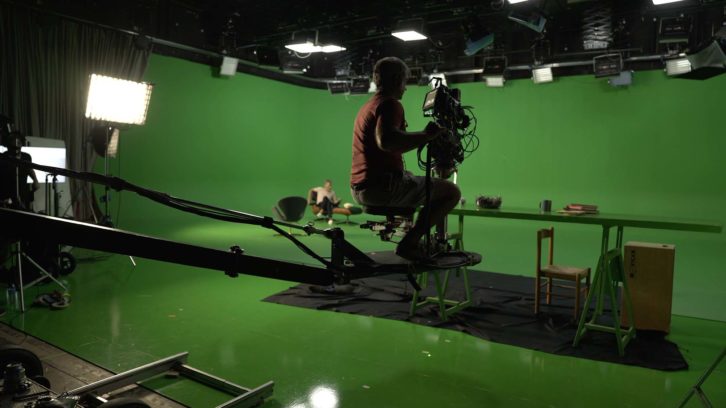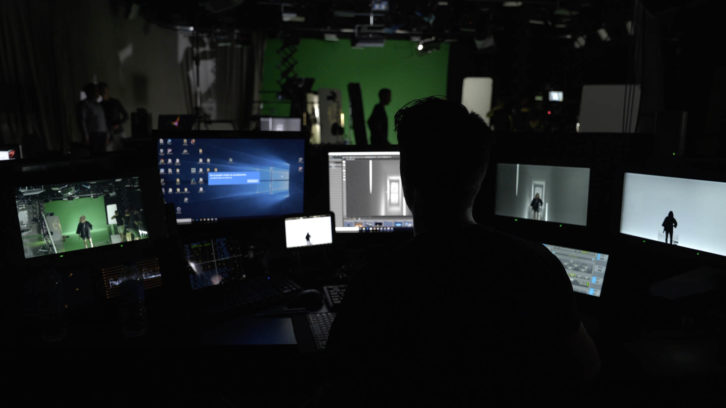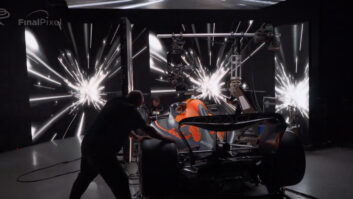Spanish production facility MR Factory has developed a new 4K virtual production system, which combines Blackmagic Design’s URSA Mini Pro 4.6K G2 cameras and Ultimatte 12 processors with virtual environments created with Unreal Engine, Octane Render and Infinity.
The system can create, capture and composite more than ten minutes of finished 4K content in real time each day.
“Because all of the compositing is done in real time through Ultimatte, directors and DPs can view and modify finished effects during production,” explains Oscar M. Olarte, the cofounder of MR Factory. “That can save clients both time and money, particularly in post.”

MR Factory is using a camera tracking solution, which allows the team to precisely capture all camera and lens movements on stage. The 4K live studio foreground signal is then fed into Ultimatte 12, which combines the foreground with the CG background environment in real time.
“Pairing a dedicated Ultimatte keyer to each camera means we can shoot multiple angles, in a single take, without needing to worry about green spill,” adds Olarte.
All layers of the final composition, including foreground, background and garbage matte, are recorded using multiple HyperDeck Studio 12G broadcast decks and then synchronised by timecode. A Smart Videohub 12G 40×40 router handles signal management, routing live video feeds to screens around the studio for real-time preview.

The resulting 4K mixed reality sequences are then edited, graded and delivered using DaVinci Resolve Studio.
“Use of more advanced virtual production techniques is only set to increase,” Oralte concludes. “By combining the best of photoreal 3D, and Blackmagic Design’s studio technology, we’re confident MR Factory can continue to be a leader in this space.”







